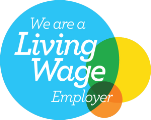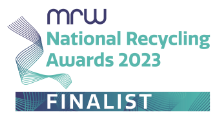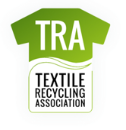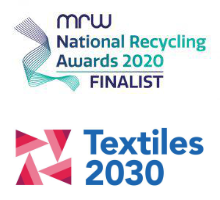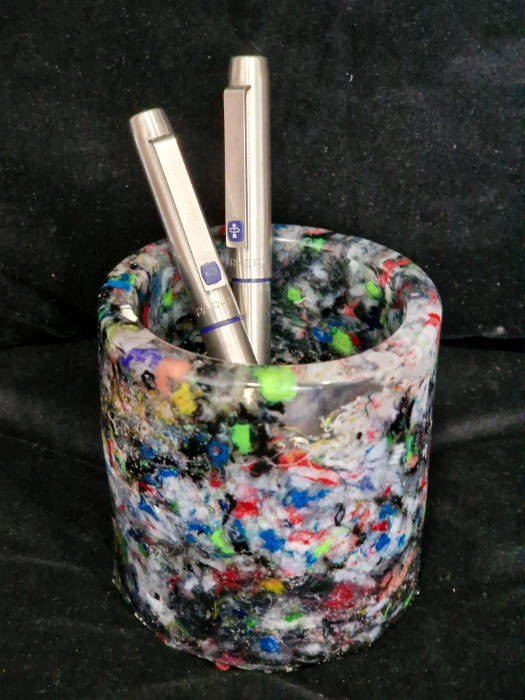Water usage and the textile industry are two elements that really do work hand in hand. For years, the fashion industry has needed water in order to produce its products. From t-shirts to your favourite jeans pretty much all of our clothing is made using water. And whilst from the outside, it might not seem like an issue, when you learn more about the harmful repercussions this process has the real issues come to light.
How much water is used?
As written by the common object they state ‘ The fashion industry is the third largest user of water globally (after oil and paper). In a world in which around 2 billion people are already living in water-stressed areas.
The vase amount of water being used by textiles is at about 80 billion meters of water per year and experts have suggested this is set to double by 2030. Take for example your blue jeans, in order to make them on average about 1,900 gallons of water is often used to make them.
The issue with all this water being used just for our clothing consumption is that we run the risk of putting already water-stressed areas, under more stress. Water is life and not just for making clothing. Water fuels so many other important elements of the world. It keeps humans and animals healthy and well and it allows people to grow food, which helps them make a living to support their family.
Water and Toxins
On the back of the high number of water used by the textile industry, the industry is also playing its part in water pollution. More so than not, in the countries that most garments are produced, untreated toxics from textiles factories are dumped into the rivers. These contain elements such as lead, mercury, and arsenic. All three are extremely damaging to animals that class the water as their habit, as well as humans who live close to the water.
Fresh, clean water is something we should all have access to human and wildlife but if the fashion industry continues at the rate it currently is fresh water will be hard to find. Read more about safe drinking water in 2021 here.
How you can help?
Slowly but surely, the fashion industry is taking steps to encourage clothing production that does not involve chemicals to produce its products.
Companies such as Patagonia, Levis, or Columbia are just some of the brands working diligently to help make a difference to the environment.
As consumers, you have the choice to purchase from brands that make their clothes in countries with stricter environmental regulations in their factories. By researching brands before purchasing from them, you can ensure you are making informative purchases.
How are we helping?
Our mission here at Roberts Recycling is to divert waste from landfills, and we also pride ourselves on supplying affordable clothing to poorer parts of the world outside of the UK. By partnering up with schools, leisure centres, communities, etc we will collect and resell tonnes of unwanted clothing every week. These collections then help the organisations signed up to our scheme raise much-needed funds.
To learn more about our work or gather more information on water usage and the textile industry you can follow us on our social media platforms linked below. And if you are looking to raise funds through recycling click here to learn more.
